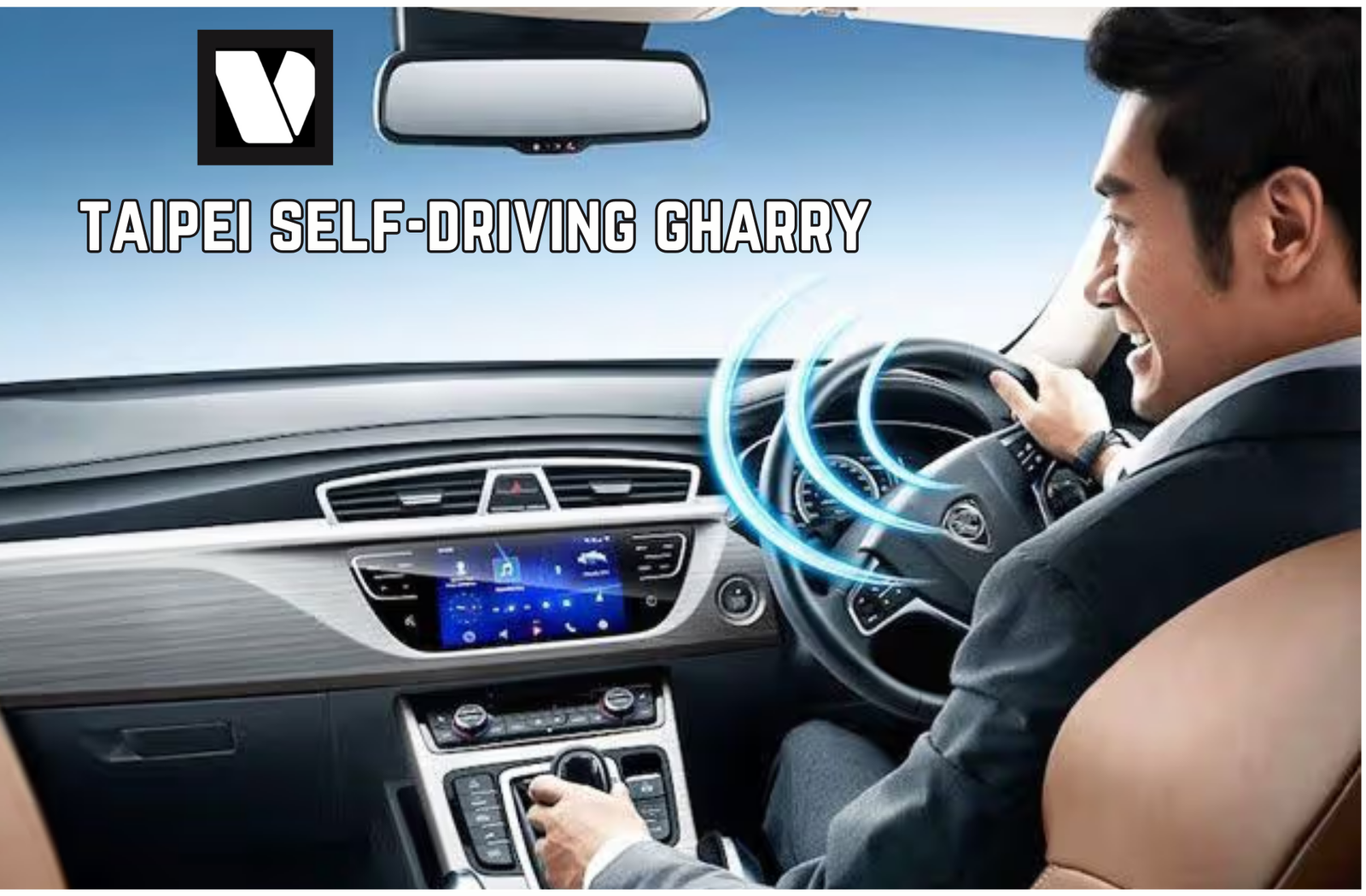Introduction: The Future of Transportation in Taipei
Taipei is known for its efficient public transportation system, but recent technological advancements have brought an even more exciting innovation—the Taipei Self-Driving Gharry. This autonomous vehicle concept is redefining urban mobility, making transportation more convenient, efficient, and environmentally friendly. In this article, we will explore what makes this system so revolutionary, how it operates, and its benefits to both residents and tourists.
What is a Self-Driving Gharry?
A self-driving gharry is an autonomous vehicle designed to transport passengers without human intervention. It integrates cutting-edge artificial intelligence (AI), advanced sensors, and machine learning algorithms to navigate the bustling streets of Taipei safely. Unlike traditional taxis or buses, these vehicles offer a seamless and highly efficient mode of transport.
The Technology Behind Taipei’s Self-Driving Gharry
The Taipei Self-Driving Gharry relies on several core technologies:
- Artificial Intelligence (AI): AI systems process vast amounts of real-time data to ensure smooth navigation.
- LiDAR Sensors: These sensors detect obstacles, pedestrians, and road conditions.
- GPS Navigation: Ensures accurate routing and location tracking.
- 5G Connectivity: Enables instant communication with other vehicles and infrastructure.
- Machine Learning: The system continuously improves based on past experiences.
How Does Taipei’s Self-Driving Gharry Operate?
The self-driving gharry operates through a series of interconnected technologies that allow it to function autonomously. Passengers can book a ride using a mobile app, similar to ridesharing services. Once a ride is requested, the vehicle arrives at the designated location, picks up passengers, and transports them to their destination without requiring human intervention.
Benefits of the Taipei Self-Driving Gharry
There are multiple advantages to using autonomous vehicles in a busy metropolis like Taipei:
- Reduced Traffic Congestion: AI-based traffic management optimizes travel routes.
- Lower Carbon Footprint: Electric-powered models contribute to environmental sustainability.
- Enhanced Safety: Reduces human error, which is a leading cause of accidents.
- Convenience: Available 24/7, providing greater accessibility.
- Cost-Effective: Reduces operational costs compared to traditional taxi services.
Environmental Impact and Sustainability
The implementation of the Taipei Self-Driving Gharry supports the city’s sustainability goals. These vehicles are predominantly electric, reducing emissions and decreasing the reliance on fossil fuels. Additionally, the system promotes shared mobility, minimizing the overall number of vehicles on the road.
How It Compares to Traditional Public Transport
Taipei already has an excellent MRT system and a well-connected bus network. However, self-driving gharrys provide greater flexibility, particularly for first-mile and last-mile connectivity. Unlike fixed-route transportation, these vehicles can operate dynamically, adjusting routes based on real-time demand.
Challenges and Concerns
While the Taipei Self-Driving Gharry offers numerous benefits, it also faces challenges:
- Regulatory Hurdles: Government policies must adapt to autonomous vehicle laws.
- Public Acceptance: Many people remain skeptical about self-driving technology.
- Cybersecurity Risks: AI-driven vehicles must be protected against hacking threats.
- Infrastructure Requirements: Upgrades are necessary to accommodate autonomous transport.
Safety Measures and Protocols
To ensure safety, Taipei’s self-driving gharry system incorporates multiple layers of security:
- Emergency Override: Allows human intervention when necessary.
- Real-Time Monitoring: Centralized control centers track vehicle operations.
- Collision Avoidance Systems: Uses sensors to prevent accidents.
- Backup Manual Controls: Ensures operation in case of technical failures.
The Future of Self-Driving Technology in Taipei
The Taipei city government is actively investing in smart mobility solutions. Over the next decade, we can expect:
- Expansion of autonomous vehicle networks.
- Integration with smart city infrastructure.
- Enhanced AI algorithms for better navigation.
- Public awareness campaigns to increase adoption.
Impact on Tourism and Local Businesses
Tourists visiting Taipei will find the self-driving gharry a convenient way to explore the city. These vehicles can integrate with digital tour guides, providing information about historical sites, restaurants, and attractions. Moreover, local businesses will benefit from increased foot traffic as accessibility improves.
Autonomous Vehicles Worldwide: A Global Perspective
Cities worldwide are adopting self-driving technology, and Taipei is at the forefront of this movement. Similar initiatives can be seen in cities like Singapore, Tokyo, and San Francisco. Learning from global success stories, Taipei continues to refine and enhance its system.
Potential Job Market Shifts
While self-driving vehicles reduce the need for traditional drivers, they create new job opportunities in AI development, vehicle maintenance, cybersecurity, and urban planning. The transition will require upskilling programs to prepare workers for the changing job landscape.
Conclusion: A New Era of Transportation
The Taipei Self-Driving Gharry represents a significant leap forward in urban mobility. By combining AI, sustainability, and convenience, this innovative system is set to revolutionize transportation in Taipei. While challenges exist, the benefits far outweigh the drawbacks, making self-driving technology a promising solution for the future.
Frequently Asked Questions (FAQs)
1. How safe is the Taipei Self-Driving Gharry?
The system incorporates AI-driven safety measures, emergency overrides, and real-time monitoring to ensure passenger security.
2. Are self-driving gharrys environmentally friendly?
Yes, most of these vehicles are electric-powered, reducing carbon emissions and contributing to sustainable urban transport.
3. How can I book a ride on a self-driving gharry?
Passengers can use a dedicated mobile app to request rides, similar to traditional ride-hailing services.
4. Will self-driving gharrys replace taxis in Taipei?
While they offer an alternative mode of transport, taxis will continue to operate alongside self-driving vehicles.
5. What are the biggest challenges facing self-driving gharrys?
Key challenges include regulatory approvals, cybersecurity threats, infrastructure development, and public acceptance of autonomous technology.





